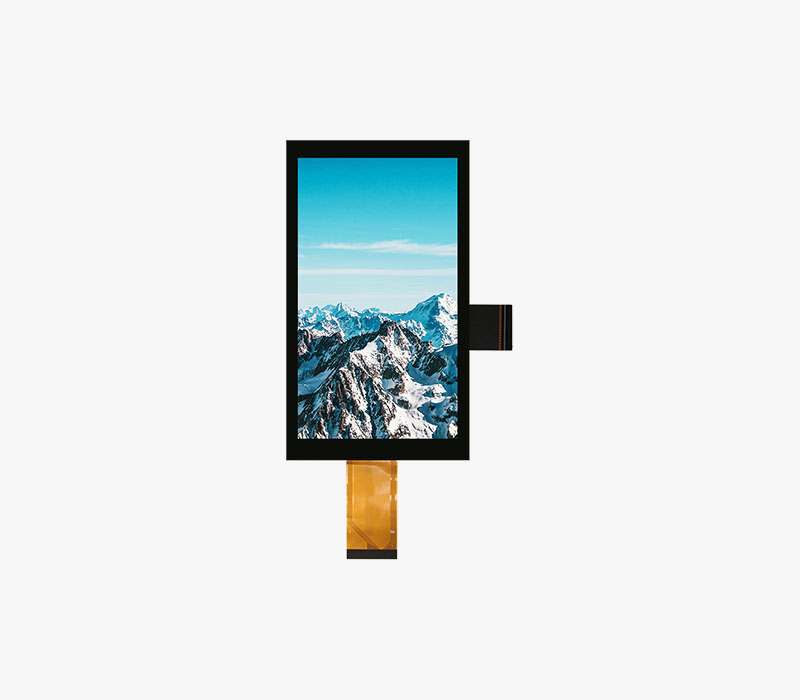




Medical devices rely on LCD screens to provide accurate and clear information for healthcare professionals during diagnosis and treatment. These screens have unique requirements to meet the demanding needs of the medical field.
High - Contrast and Sharp Images
In medical applications, the ability to display high - contrast and sharp images is crucial. LCD screens in medical devices, such as ultrasound machines and digital X - ray monitors, need to clearly show anatomical structures. High - contrast ratios, often in the range of 1000:1 or higher, enable the differentiation between different tissues and organs. For example, in an ultrasound image, a high - contrast LCD screen can clearly distinguish between a fetus and the surrounding amniotic fluid, or between healthy and abnormal tissue in a breast ultrasound. The sharpness of the image is also important for accurate diagnosis. LCD screens with high pixel densities ensure that fine details in medical images are clearly visible, allowing doctors to detect even the smallest abnormalities.
Medical - Grade Color Accuracy
Color accuracy is of utmost importance in medical LCD screens. Different medical imaging modalities, such as MRI (Magnetic Resonance Imaging) and CT (Computed Tomography), rely on accurate color representation to convey important information. For instance, in a color - coded MRI scan, the correct display of colors can help doctors identify different types of tissues, such as white matter, gray matter, and cerebrospinal fluid. Medical - grade LCD screens are calibrated to meet strict color standards, ensuring that the colors displayed on the screen accurately represent the actual data from the medical imaging device. This color accuracy is essential for reliable diagnosis and treatment planning.
Eye - Comfort and Low - Glare Design
Healthcare professionals often spend long hours looking at medical device LCD screens. To reduce eye strain, these screens are designed with features for eye - comfort. Low - glare coatings are applied to minimize reflections, which can be a major source of discomfort and visual fatigue. The screens also have optimized backlighting systems that provide a uniform and flicker - free illumination. Some medical LCD screens use advanced technologies, such as blue - light reduction filters, to reduce the amount of harmful blue light emitted, further protecting the eyes of healthcare workers. This focus on eye - comfort is important for ensuring that medical professionals can work efficiently and accurately for extended periods.
Reliability and Safety
Medical devices are critical for patient care, and the LCD screens in these devices must be highly reliable. They are built with redundant components and undergo rigorous quality control tests to ensure continuous operation. In case of a component failure, the screen should be able to maintain basic functionality or provide an alert to the user. Additionally, safety is a top priority. Medical - grade LCD screens are designed to meet strict safety standards, such as being free from electrical hazards and having proper grounding. They are also resistant to electromagnetic interference, which can be present in a hospital environment and could potentially affect the performance of the medical device.
